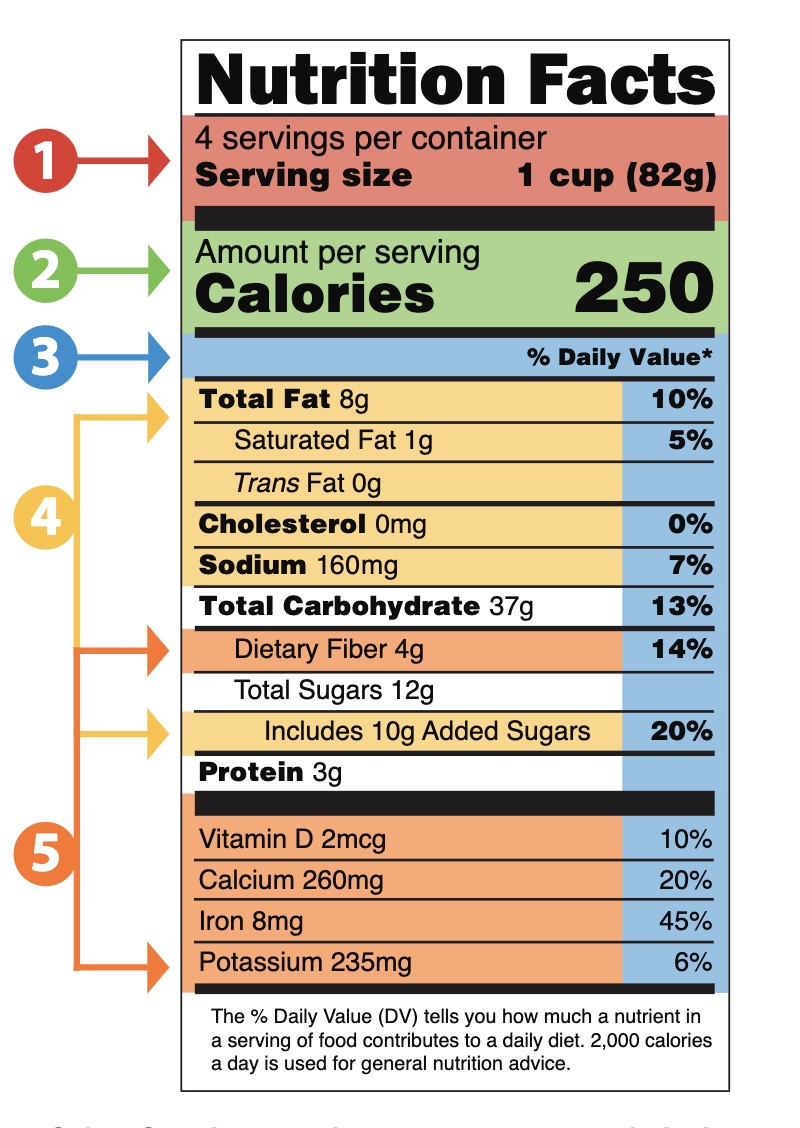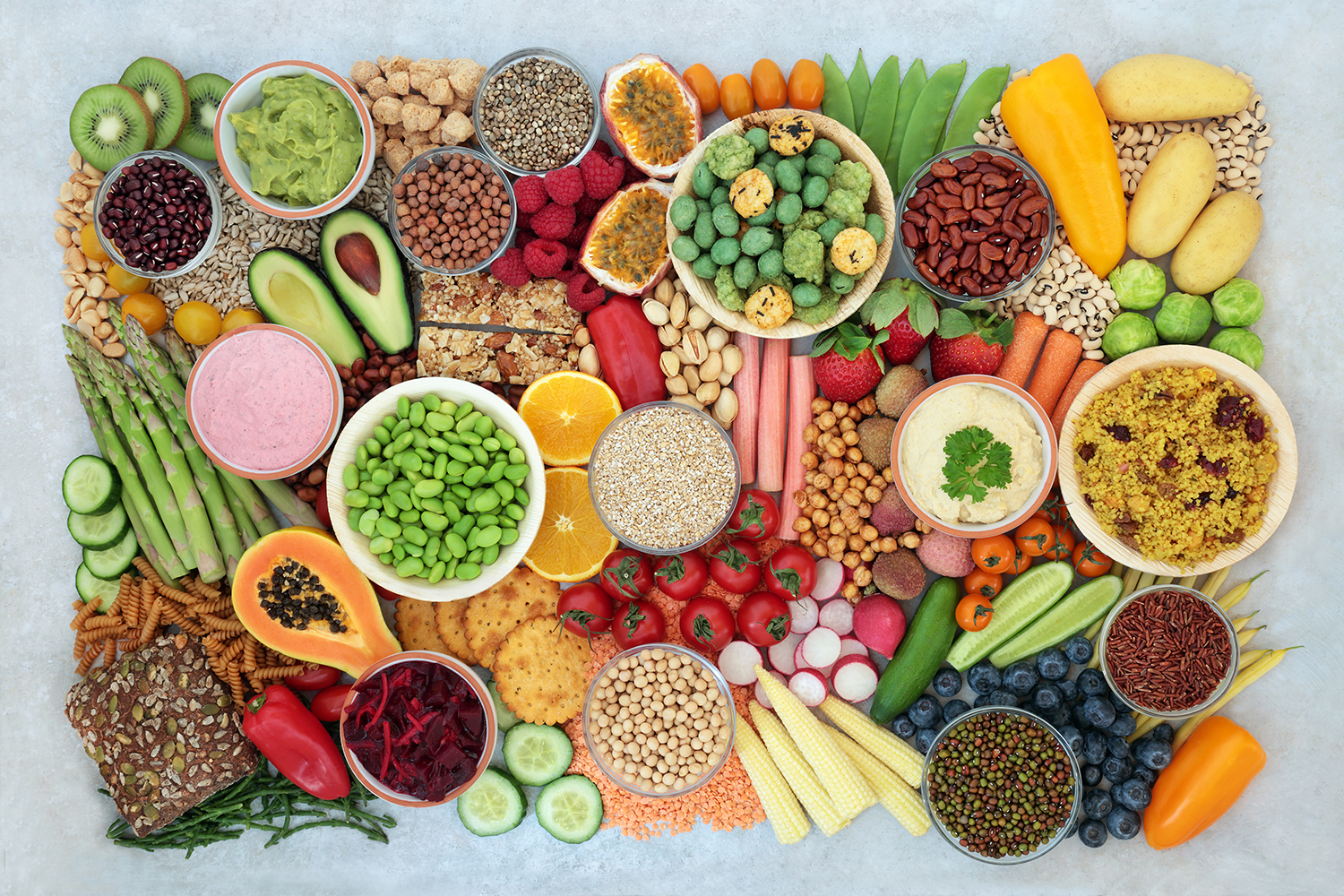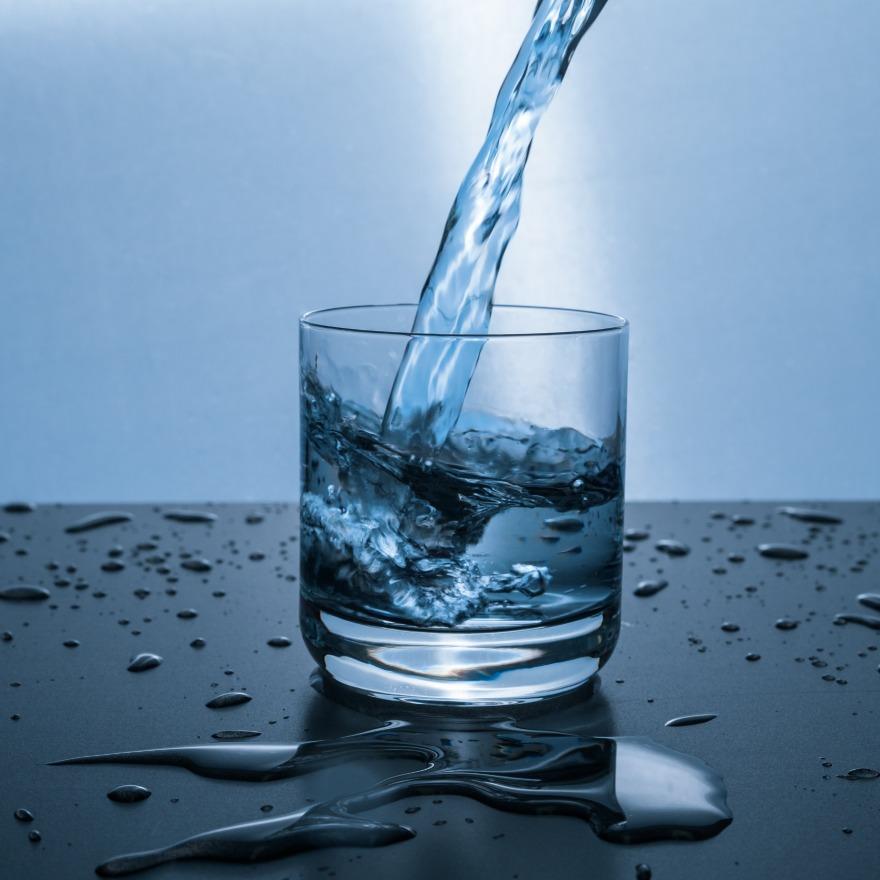Nutrition labels on food packages provide essential information about what’s inside. Understanding how to read these labels empowers you to make healthier choices, manage your diet better, and avoid hidden pitfalls.
Whether you're grocery shopping or checking your pantry, here’s a step-by-step guide to help you decode nutrition labels like a pro.
1. Start With the Serving Size
The serving size tells you the amount of food that the nutrition facts refer to. Always check this first—because all the numbers on the label (calories, nutrients, etc.) are based on this amount.
-
Example: If the serving size is 1 cup but you eat 2 cups, you’ll need to double the calories and nutrients listed.
2. Look at Calories
Calories measure how much energy you get from one serving of the food.
-
To manage weight, compare the calories per serving with your daily calorie needs.
-
Remember, eating multiple servings means consuming more calories.
3. Check the Macronutrients
These include carbohydrates, fats, and proteins — the main sources of energy.
-
Total Fat: Includes saturated fat (limit) and trans fat (avoid).
-
Cholesterol and Sodium: Important for heart health; aim for lower amounts.
-
Total Carbohydrates: Includes fiber (good) and sugars (limit added sugars).
-
Protein: Essential for muscle repair and overall body function.
4. Fiber and Sugars
-
Dietary Fiber: Helps digestion and keeps you full. Look for foods with higher fiber content.
-
Sugars: Check the amount of added sugars versus natural sugars. Added sugars contribute to weight gain and health issues.
5. % Daily Value (%DV)
This tells you how much a nutrient in one serving contributes to your daily recommended intake, based on a 2,000-calorie diet.
-
5% DV or less = low
-
20% DV or more = high
Use this to identify nutrients you want to limit (like saturated fat, sodium) or get more of (like fiber, vitamins).
6. Vitamins and Minerals
Look for labels listing important nutrients like vitamin D, calcium, iron, and potassium. Getting enough of these supports overall health.
7. Ingredients List
Ingredients are listed in order by weight—from most to least. This helps you spot:
-
Added sugars (look for terms like sucrose, high-fructose corn syrup)
-
Unhealthy fats (partially hydrogenated oils = trans fats)
-
Allergens and additives
8. Watch Out for Marketing Claims
Claims like “low-fat,” “natural,” or “sugar-free” can be misleading. Always check the nutrition facts and ingredients to verify these claims.
Tips for Smarter Label Reading
-
Compare labels between similar products to find the healthier option.
-
Choose foods with higher fiber and protein, and lower added sugars, sodium, and saturated fat.
-
Use labels to control portion sizes and track nutrient intake.
Conclusion
Reading nutrition labels is a skill that helps you take charge of your health. By understanding serving sizes, calories, nutrients, and ingredients, you can make informed choices that support your goals and well-being.
Next time you shop, spend a few extra seconds with the nutrition label—it’s your roadmap to healthier eating.





Comments (0)
Leave a Comment
No comments yet. Be the first to share your thoughts!